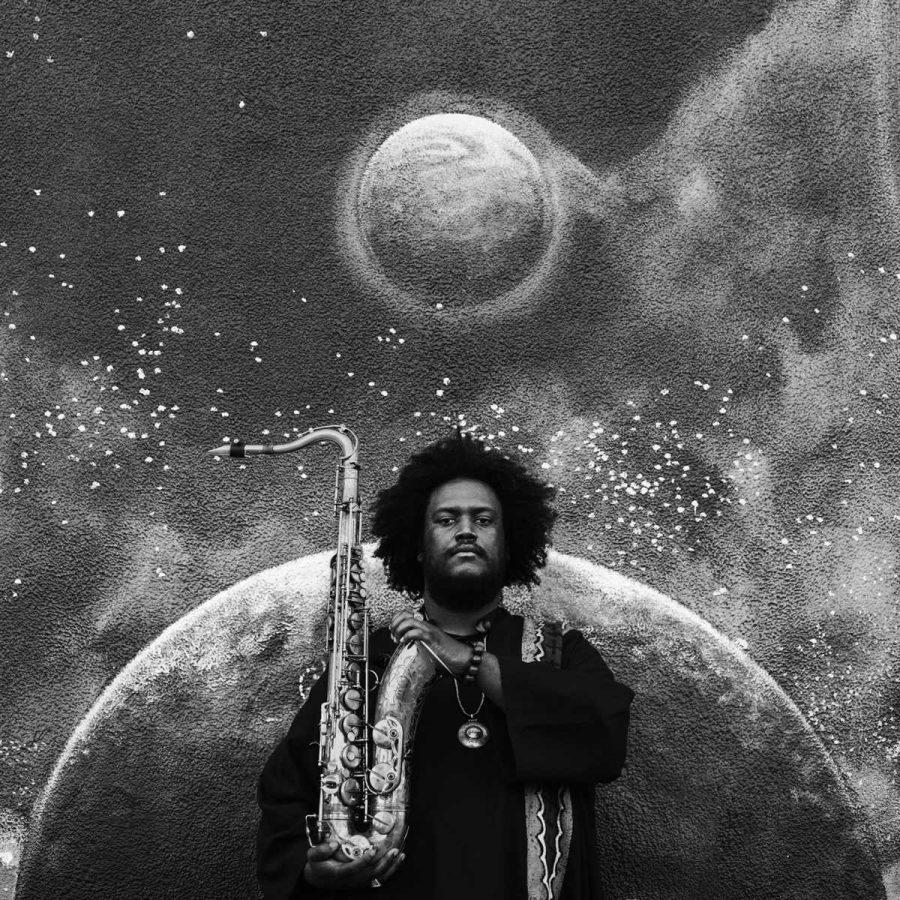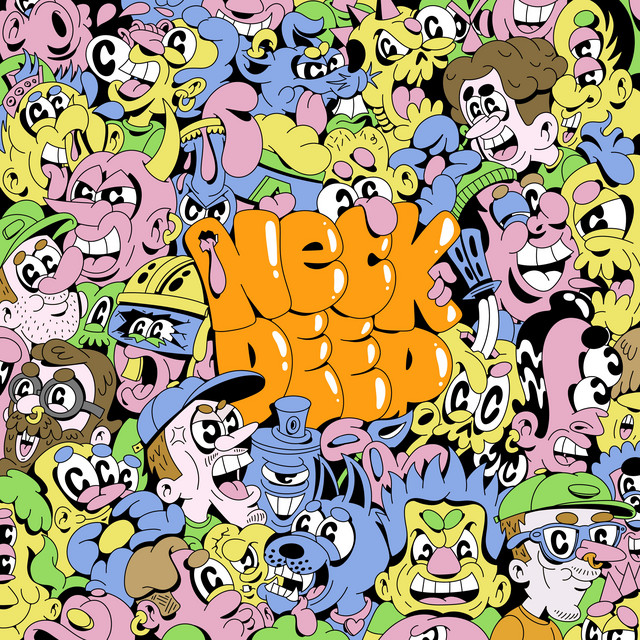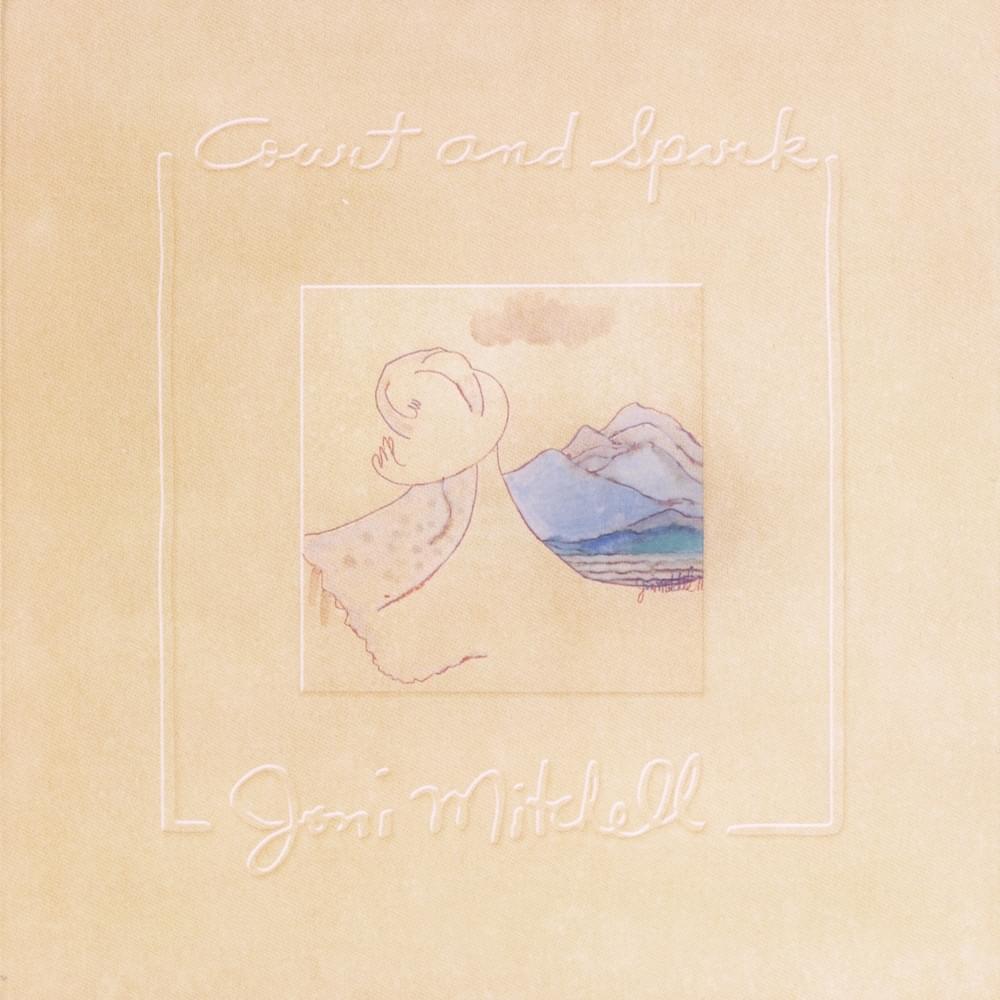Chances are high that the average listener has heard Kamasi Washington before. It is almost cliché to mention that the saxophonist’s credits precede his personal identity, but should one have listened to Flying Lotus’ experimental album You’re Dead or Kendrick Lamar’s groundbreaking To Pimp a Butterfly, congratulations, you have heard Washington’s expertly tuned brass all over those recordings.
[su_pullquote]“Washington’s triple LP is the music equivalent to film’s Gone with the Wind and literature’s War and Peace.”[/su_pullquote]So, what if Washington’s resume stands taller than his public persona? After working with Nas, Lauryn Hill, Herbie Hancock, and Snoop Dogg, it is obvious that Washington is doing something right with his saxophone. It is only fair that he record his own studio album to prove that the tenor sax master can stand with the artists he has helped in the past. And while he is at it, Washington ought to make the effort big…or shall we say, Epic.
First and foremost, Washington’s debut album truly deserves the title of ‘epic’. Casual purveyors of popular and geek culture will recognize the overused adjective to describe something that is ‘big’ or ‘awesome’. This is a legitimate warning to those listeners who misappropriate the word ‘epic’: Washington’s triple LP is the music equivalent to film’s Gone with the Wind and literature’s War and Peace. Before one begins to listen to the saxophonist’s record, some brief research reveals that The Epic is the culmination of a massive and difficult undertaking. Washington amassed not only a 10-piece jazz ensemble, but he also includes a 20-piece choir and a 32-member chamber of orchestral professionals; clearly, the magnitude of the undertaking is palpable before the first track is spun.
From the opening track, Washington makes it clear that he is going to utilize every bit of his 62-member band. “Change of the Guard” explodes with supreme tenor saxophone, rumbling upright bass, asymmetric snare drums, and beautiful, warm strings. Jazz virtuosity drips from every note like honey, as Washington and his band craft a high-caliber fusion of R&B, soul, and classical. The next two songs “Askim” and “Isabelle” feature a slight change of tone, introducing more vintage organ into the mix while still retaining the solid drum and bass foundation. Occasionally, the choir interjects with heavenly harmonies to compliment the keys and brass. It is an ecclesiastically sublime combination.
[su_pullquote align=”right”]“…clearly, the magnitude of the undertaking is palpable before the first track is spun.”[/su_pullquote]As the album progresses, the measures slow down, and a wave of neo-soul overtakes the production. Piano is carefully sprinkled over top Washington’s tenor sax and bass, alternating between an ivory-percussive rhythm and out-and-proud lead melodies.
While The Epic’s straight instrumental approach to jazz works exactly as it should, each song could be arranged to include a vocalist; surprisingly, on the song “The Rhythm Changes”, the listener is treated to a female vocal feature. It is a wonderful transition from the pure instrumental jazz that precedes and follows the song, as well as concluding the first LP of the three. Then, the single “Miss Understanding” comes next, embarking on a chaotic space jazz fusion journey on a saxophone starship. Midway through the track, an experimental session of scratchy cellos and subterranean upright bass precede the intrepid journey through interstellar bebop galaxies. The scaling rhythm, bar piano chords, and slightly-punkish pounding drums make “Miss Understanding” the benchmark for all other jazz musicians to follow.
If an artist creates an essential jazz album in 2015, he or she is most certainly going to be subject to comparisons to their predecessors. Washington’s influences are tactfully hidden throughout The Epic, emerging in brief bursts of aural nostalgia. In select instances on some tracks, shades of Frank Zappa’s The Grand Wazoo, Miles Davis’ Bitches Brew, Isaac Hayes’ Black Moses, and even the progressive Hammond organ brilliance of Keith Emerson are evident. Sometimes, a taste of Washington’s past collaborator Flying Lotus’ modern sound reveals itself throughout the nearly three-hour album; however, one of the best aspects of The Epic is its pure originality.
[su_pullquote align=”left”]“The triple LP is a compendium of pleasure, seduction, conflict, and struggle, and there is no better jazz contemporary with which to compare.”[/su_pullquote]Yes, it is true, Washington has significant roots in the influential jazz styles of the 1960s, 1970s, and 2000s, but his uncanny ability to compose songs compounds those influences into a truly unique approach to the art of music. The triple LP is a compendium of pleasure, seduction, conflict, and struggle, and there is no better jazz contemporary with which to compare. Washington has simply set the bar that other musicians will have to reach.
The Epic is a long, complex, challenging, innovative, and at its conclusion, rewarding modern jazz experience. Running at two hours and 46 minutes, Washington’s first LP release separates itself from its contemporaries, choosing to make a gigantic statement in the instrumental jazz world, rather than play it safe with a shorter single album. Equal parts bombastic, soulful, ostentatious, and loving, The Epic stands out as the decade’s most important jazz record. It’s a sonically flawless record that deserves a place in everyone’s MP3, vinyl, or CD collection.
[su_pullquote align=”right”]“…The Epic stands out as the decade’s most important jazz record.”[/su_pullquote]While even the most die-hard jazz fan may find it difficult to give the opus a full listen each time he or she listens, each individual song acts as a vignette of absolute genius musicianship. Do not sleep on this album; it is too important to pass up.
The Epic was released on Brainfeeder on May 5.















